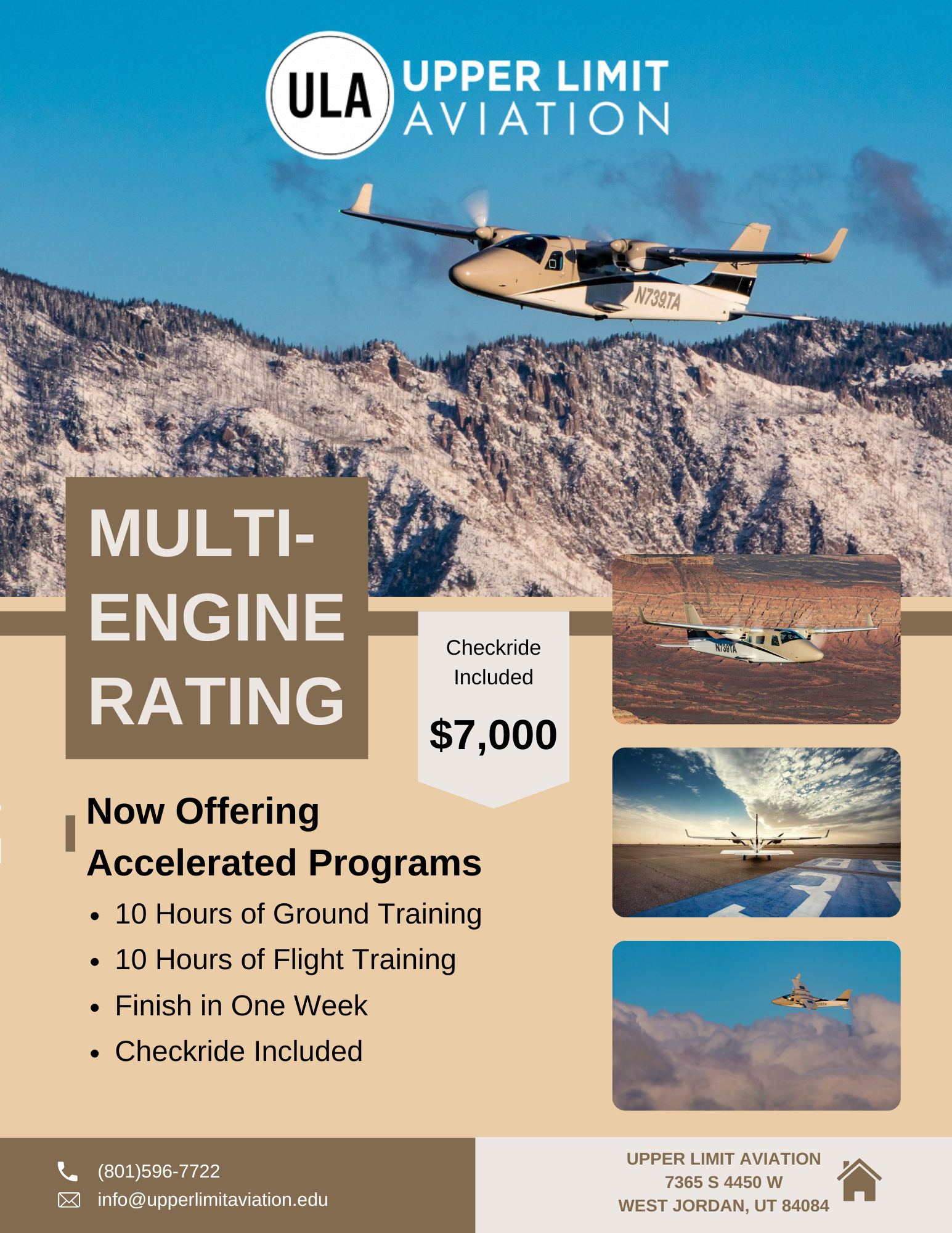Rules of Thumb That Make Flying Planes Easier
You can make flying planes a little easier by applying a few different rules of thumb provided below. Vern Weiss There’s a lot of minutia and head work involved in flying planes and sometimes a pilot can get bogged down with the calculations and mental gymnastics required. “East is least and West is best” and […]
Flying Airplanes: How Can Something so Disciplined Be so Romantic?
If everyone in the world could fly an airplane it wouldn’t be special and because of this flying airplanes requires initiative and effort but it’s rewarded with exhilaration. Vern Weiss You’ve just touched down at your destination airport. For the last ten minutes, your passenger has been scanning the ground and unsuccessfully looking for something […]

